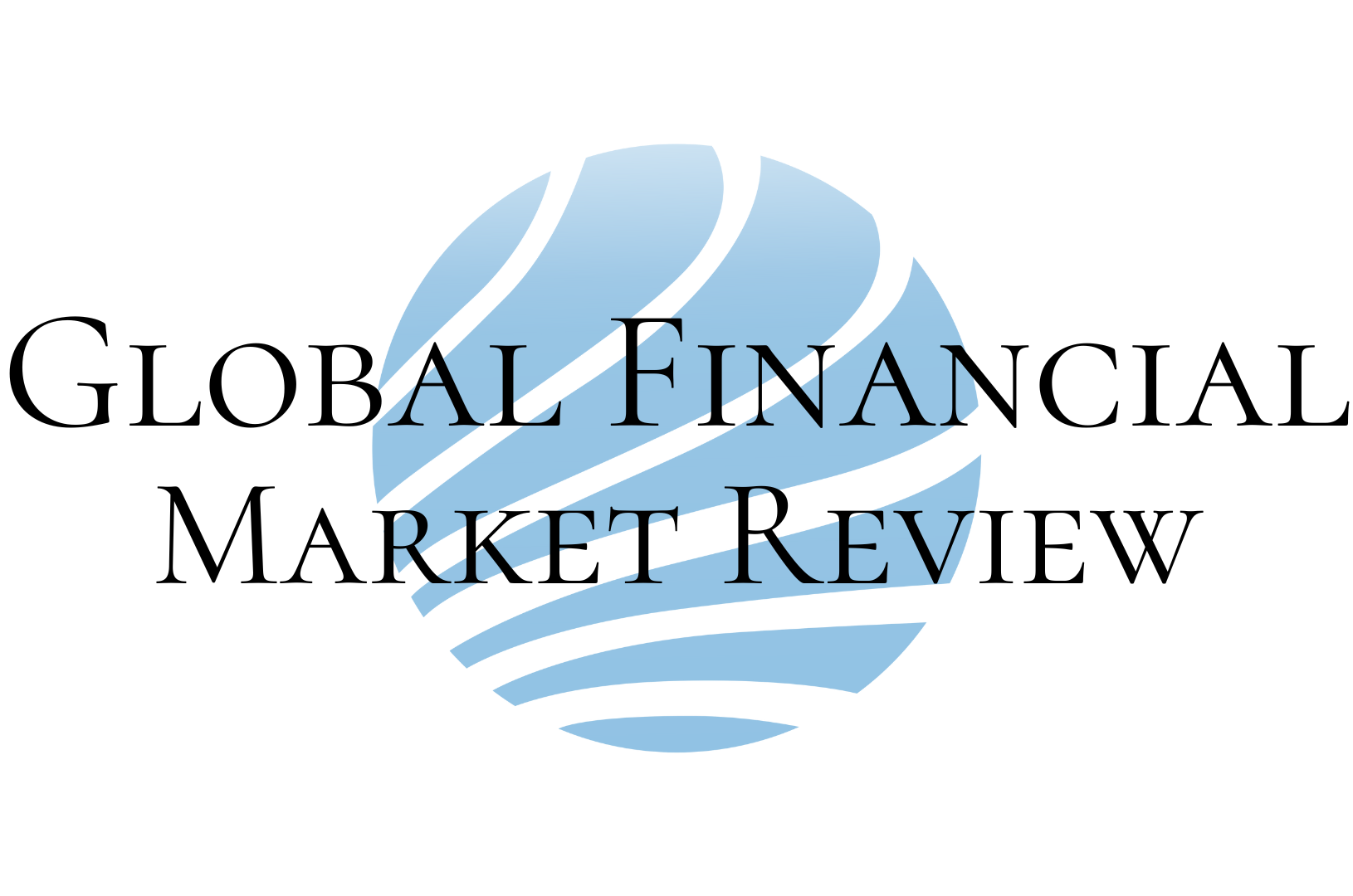So far, Vietnam Prosperity Commercial Joint Stock Bank (VPBank) is the bank paying the highest dividend with 30.22 percent ratio. In addition, the bank also plans to issue bonus shares to shareholders. Calculating based on the current number of ordinary shares, the payment of dividend and bonus shares of VPBank reaches up to 67 percent. The total value of this issuance is over 3.4 trillion dong.
Speaking at the bank’s Annual general Meeting (AGM), the bank’s vice Chair of Board of directors (BOD) Bui Hai Quan said that after receiving approval of the State Bank of Vietnam (SBV), VPBank will quickly distribute profits to shareholders. He also added that this dividend payment ratio is the highest level ever in the history in both absolute value and ratio.
Meanwhile, for Military Commercial Joint Stock Bank (MBBank), if the dividend payment in the past was often ranging from 5 percent to 11 percent, this year the bank maintains the dividend distribution at 11 percent (6 percent in cash and 5 percent in share), but also issues bonus shares at 14 percent ratio. Thus, the total profit distribution reaches up to 25 percent, the bank’s record high level.
Vietnam International Commercial Joint Stock Bank (VIB) and Lien Viet Post Commercial Joint Stock Bank (LienVietPostBank) have also approved the dividend payment plan for year 2017. Accordingly, VIB distributes dividends to shareholders at 5 percent in cash and 31 percent in shares; while LienVietPostBank pays dividends at 15 percent, up by 10 percent compared to last year.
In its recently announced document, Asia Commercial Joint Stock Bank (ACB) also mentioned the plan to pay the 2017 dividends at 15 percent, higher than the 10 percent recorded in 2016. With an ambitious pre-tax profit target set in 2018 of 5.699 trillion dong, which is double 2017′s, ACB expects to increase the payment of dividends in 2018 to 30 percent.
On the Bloomberg, Chair of BOD of Tien Phong Commercial Joint Stock Bank (TPBank) revealed that in addition to the plan to list shares on the stock market and offer 15 percent of stake to investors, the bank is likely to pay dividends and bonus shares at a 28 percent ratio this year. In 2017, the bank did not pay dividends to shareholders but retained profits to offset the negative equity surplus supplement fund.
Not only medium and large-scaled banks, smaller banks such as Orient Commercial Joint Stock Bank (OCB) also pays high dividends this year. At its AGM held on March 31st, the bank has approved the plan to pay dividends in shares at 14.2 percent.
The dividend payment picture of banks this year is generally quite bright but each bank is in a different situation, and not all banks pay dividends to shareholders. For example, despite attaining huge pre-tax profit of eight trillion dong in 2017, Vietnam Technological and Commercial Joint Stock Bank (Techcombank, TCB) continued to propose for a non-dividend payment for the 8th consecutive year. Similarly, Saigon Commercial Joint Stock Bank (SCB) still asked shareholders for approval of profit retention to supplement equity and increase charter capital, despite the complaints of shareholders.
However, shareholders of these banks this year are less strained because the stock prices have risen fairly high throughout the past year and are still assessed as positive. TCB share price on the Over the counter is currently far exceeding its par value, being traded at around 90,000-100,000 dong per share; while SCB share price is also fairly positive at 24,000-27,000 dong per share.
Thanks to the strong increase of share prices and more positive prospect of the banking sector, receiving dividends in shares instead of cash is easier to be accepted, and some shareholders even expect that. Distributing dividends in shares at this point of time is a win-win move as it pleases shareholders and also helps improve equity thereby increasing the Capital Adequacy Ratio (CAR) to ensure operational safety.


